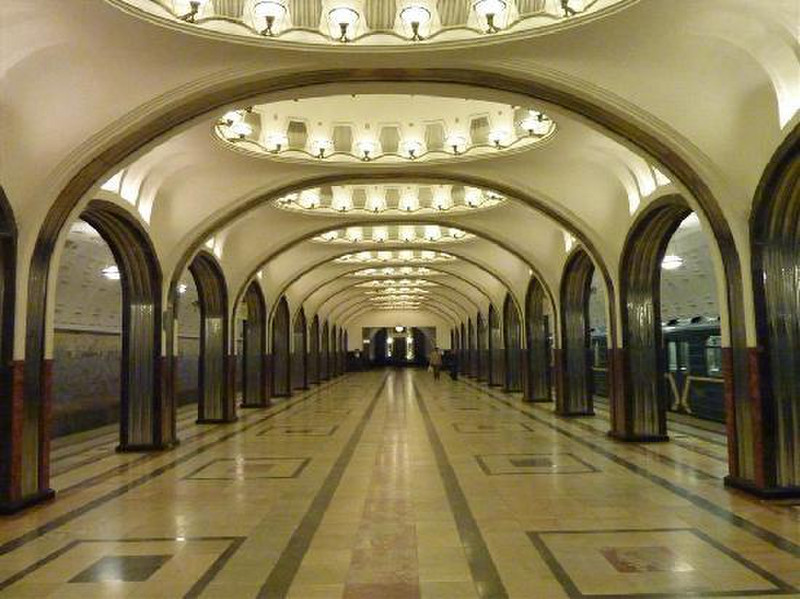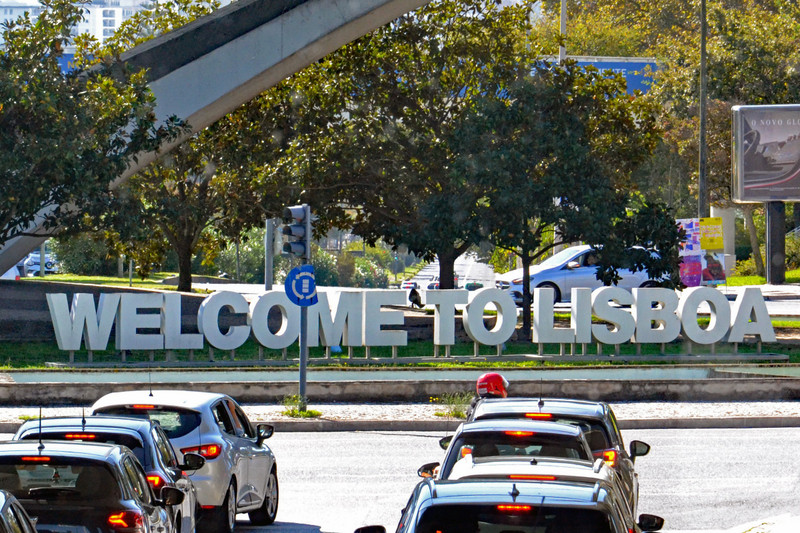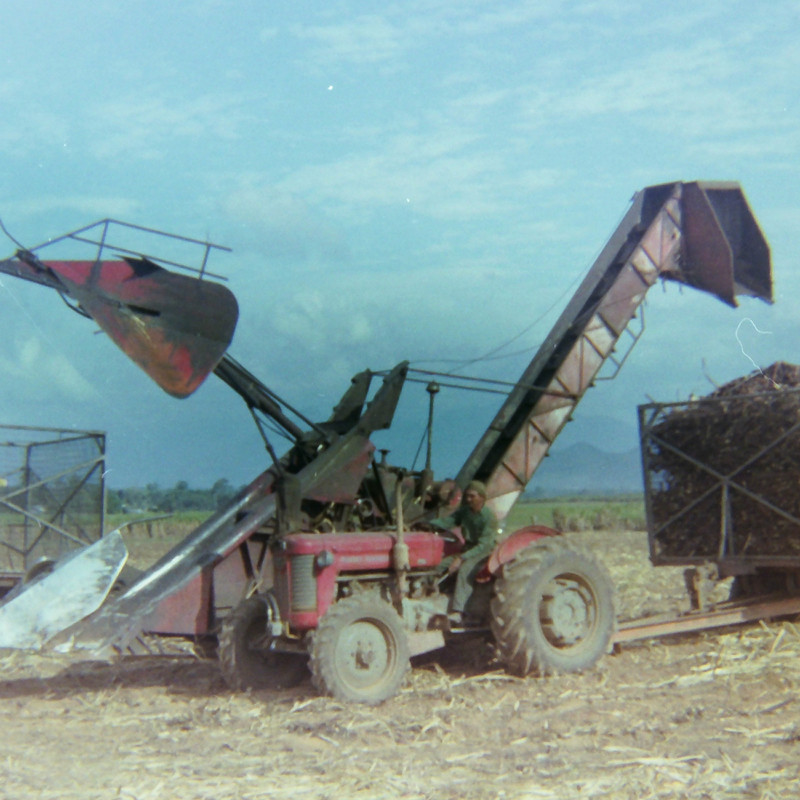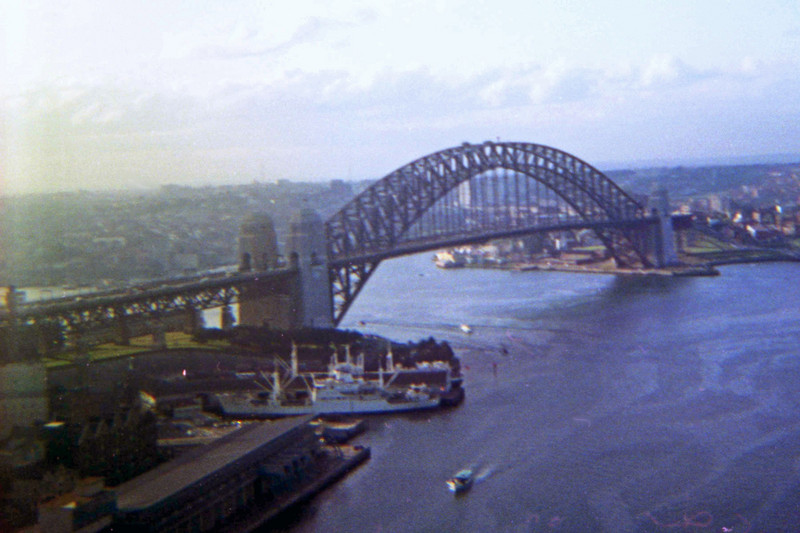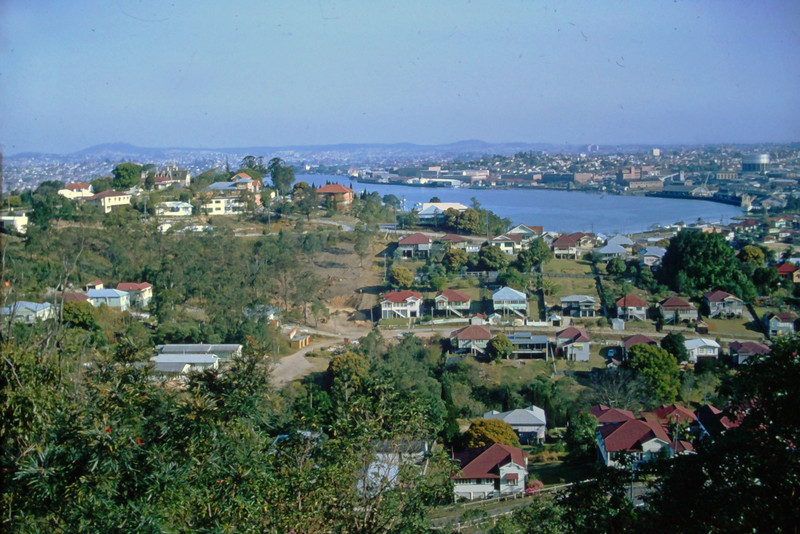Like many of you, I have been impressed by the metro transit systems of cities around the world. Some of my favorites are London, Moscow, Tokyo, and Hong Kong. According to Travel Trivia, the best are: London, Seoul, Hong Kong NYC, and Tokyo (best). Moscow is missing? Here is an excerpt of what they said about Tokyo:
The Tokyo Metro system is another that is widely regarded as best in class. Perhaps it is best known for its nearly inconceivable punctuality. In 2018, the service felt it had to release an apology for a timing error. The issue? One of the trains had left the station an unforgivable 25 seconds early. This kind of precision is laughable to people who are used to other, less smoothly coordinated public transit systems, but its the key to Tokyos systems success.
The system also stands out for its unique privately owned operating arrangement. The arrangement has seen an adjustment as the population of the region continues to urbanize, consolidating around the massive and dense Tokyo metropolitan area. Today, the system hosts many of the worlds busiest train stations, providing a staggering 13 billion passenger trips every year.
midst of such a crowded, chaotic scene. The stations feature calming blue LED lights designed to provide relaxation chimes in place of harsh departure buzzers. These efforts coupled with clear signage and a cultural norm of order amongst busy hustle means that the crowded train stations operate in an impressively smooth way.
Once a local teaches you how to use the system, it is GREAT!! But please avoid rush hour and special events, like parades, sporting events, and festivals.
Hong Kongs Mass Transit Railway (better known as MTR) is widely regarded as the best in the world. Its reputation is not only a marker of its technological and logistical success, but also its clear attention to customer service. Made up of 11 separate subway lines, MTR is a daily transportation option for more than 5 million people. In order to that feat, it relies on 155 stations and has an impressive 99.9 percent on time rate.
Its highly regarded customer service experience is made possible by the inclusion of signs in different languages (including English) and customer service representatives trained with tourists as well as locals. It is also very affordable. Frequent travelers can get an
Octopus card, which enables them to swipe into the system with ease and provides an 8%!d(MISSING)iscount on fares.
MTR is also recognized for its financial success. While many mass transit systems end up losing money and relying on taxes and government subsidies to stay operational, Hong Kongs system boasts considerable profit margins. This is because the MTR system has tapped into its unique position as a transportation provider in one of the worlds densest cities. MTR has partnered with businesses that rely on it to succeed. By getting a cut of sales profits, receiving a percentage of development fees, or even having full ownership over properties where shops are located, MTR has ensured a symbiotic relationship between the movement of people and the purchasing of goods.
Known affectionately as the Tube, the London Underground rail network is highly regarded and frequently put as the winner in with other systems like New Yorks subway. Divided into nine zones and connected with 11 Tube lines, the system serves 1.37 billion people each year, making it one of the worlds busiest.
As the name suggests, many of the 249 miles of interconnected pathways are located beneath the city, hidden from the public eye. The system also has historical significance, as it is a direct predecessor of the Metropolitan Railway, the worlds first underground rail system. The wooden carriages powered by steam engines a long way over the years. Today, the system is modern, innovative, and incredibly reliable.
Again, easy to use, not quite as efficient as the metros in Asia. It is old, dark and dank. But quite reliable.
